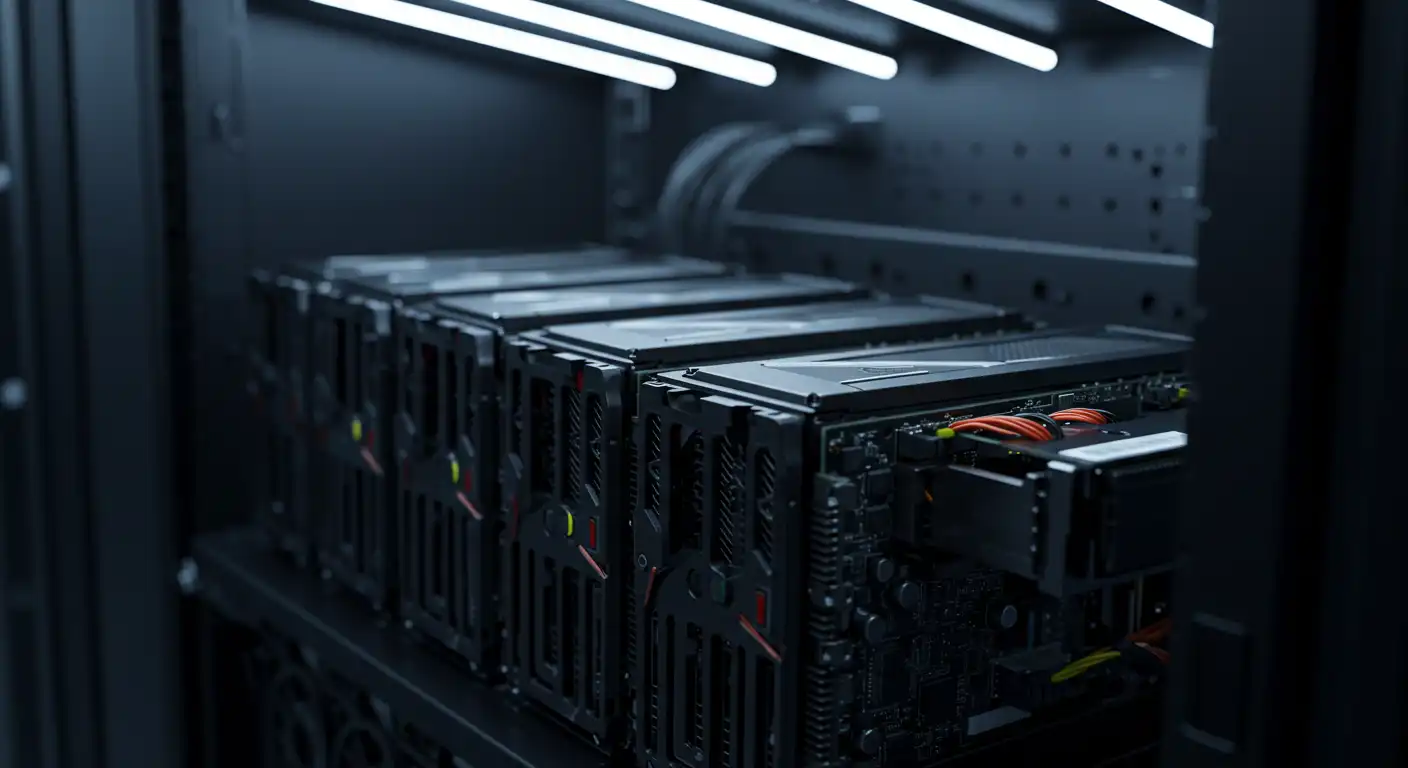
In today's digital landscape, website speed isn't just a technical metric—it's a critical factor that directly impacts user experience, conversion rates, and search engine rankings. While many optimization discussions focus on frontend elements like image compression and code minification, the foundation of your website's performance often lies in two less visible but crucial components: DNS configuration and hosting infrastructure.
Understanding DNS and Its Impact on Speed
DNS (Domain Name System) acts as the internet's phonebook, translating human-readable domain names into IP addresses that computers can understand. This translation process is the very first step in loading any website, making it a critical factor in your site's perceived speed.
When a user types your domain name into their browser, their device must first resolve this name to an IP address before it can begin downloading any content. If your DNS is poorly configured or hosted on slow nameservers, this resolution process can add hundreds of milliseconds or even seconds to your page load time.
Common DNS Issues That Slow Down Websites
- Excessive DNS records: Accumulated and outdated records can slow down resolution times.
- Poor nameserver performance: Free or low-quality DNS providers often have slower response times.
- Incorrect TTL (Time To Live) settings: TTL determines how long DNS records are cached. Too short, and you increase lookup frequency; too long, and changes take forever to propagate.
- Missing DNS optimization: Lack of DNSSEC, DNS prefetching, or Anycast DNS can impact performance.
Hosting Quality: The Foundation of Website Performance
Once DNS resolution is complete, your hosting server takes center stage. The quality, configuration, and location of your hosting directly determine how quickly your website can be served to visitors.
Key Hosting Factors That Affect Speed
- Server type: Shared hosting is cheap but often slow due to resource competition. VPS, dedicated, and cloud hosting offer better performance.
- Server configuration: An unoptimized server (e.g., running outdated PHP or lacking proper caching) can bottleneck even the fastest hardware.
- Geographic location: The physical distance between your server and your visitors matters. A Content Delivery Network (CDN) can help mitigate this.
- Resource allocation: Insufficient RAM, CPU, or I/O capacity will slow your site down under load.
Measuring DNS and Hosting Performance
Before you can improve your DNS and hosting setup, you need to understand your current performance baseline. Several tools can help you measure these aspects of your website:
- Google PageSpeed Insights: Provides a Time to First Byte (TTFB) metric, which is heavily influenced by hosting performance.
- GTmetrix: Offers detailed waterfall charts that show DNS lookup times and server response times.
- DNSPerf: Compares the performance of various DNS providers across the globe.
Best Practices for Clean DNS and Fast Hosting
DNS Optimization
- Audit and clean up DNS records: Remove outdated or unnecessary records that might be slowing down resolution.
- Use a premium DNS provider: Services like Cloudflare, DNSMadeEasy, or Amazon Route 53 offer superior speed and reliability.
- Implement Anycast DNS: This routes DNS queries to the nearest nameserver, reducing latency for global audiences.
- Set appropriate TTLs: A common starting point is 1 hour for MX records and 24 hours for CNAME/A records, but this can vary.
Hosting Optimization
- Choose the right hosting type: Match your hosting (shared, VPS, dedicated, cloud) to your website's needs and traffic.
- Optimize your server stack: Use the latest stable versions of software (e.g., PHP, Nginx) and implement server-level caching.
- Use a CDN: A CDN caches your content at edge locations worldwide, reducing latency for all users.
- Monitor resource usage: Keep an eye on CPU, RAM, and I/O to ensure your server can handle traffic spikes.
Case Study: A 42% Speed Increase from Infrastructure Alone
We recently worked with an e-commerce client whose website was struggling with slow load times despite having a well-optimized frontend. Their conversion rates were suffering, and their bounce rate was high.
Our analysis revealed two fundamental issues:
- Their DNS was hosted on their domain registrar's free nameservers, with inconsistent global performance.
- Their hosting was on an oversold shared server with poor resource allocation.
By migrating their DNS to a premium Anycast DNS provider and upgrading to a properly configured VPS hosting solution, we achieved:
- 53% reduction in DNS resolution time
- 67% improvement in Time to First Byte
- 42% decrease in overall page load time
- 28% increase in conversion rate within 30 days
This transformation happened without changing a single line of frontend code—proof that the foundation matters tremendously.
Conclusion
While flashy frontend optimizations often get the spotlight in website performance discussions, clean DNS and quality hosting provide the foundation upon which all other optimizations build. By ensuring these fundamental elements are properly configured, you create the conditions for truly exceptional website speed.
Remember: the fastest code in the world can't overcome slow DNS resolution or poor server response times. Start with the foundation, then work your way up to more visible optimizations.
For websites serious about performance, investing in premium DNS services and appropriate hosting isn't an expense—it's an investment that pays dividends in improved user experience, higher conversion rates, and better search engine rankings.
Have questions about optimizing your DNS or hosting setup? Contact our team for a personalized assessment of your website's foundation.


